
When a person is diagnosed with cancer, the first thing they want to know is whether or not the cancer can be cured. Upon completing treatment, they want to know if the cancer is completely gone and cured now. Finally, after some years have passed since the diagnosis, if the cancer has remained undetectable, most will ask, “Am I cured yet?” In each situation, most patients will not hear the answer they are looking for, which is a definite “yes.” Doctors are so hesitant to use the word cure that I have labeled it the second “C” word in the cancer universe.
The first “C” word is, of course, cancer itself. For over a century since cancer was first described and subsequently came to be feared as a potentially lethal illness, people did not freely and openly utter the word. They avoided it in public and even private conversation. A person had “a growth” or “a mass.” A friend or loved one was “ill” or “very sick” but never with “cancer.” If mentioned, it was only in a whisper. The word itself was referred to as the “C” word and everyone knew what that meant. Betty Ford is credited with bringing cancer into the forum of public discussion, of allowing women to come forth with their struggles against breast cancer and, as a society, we have never looked back. The word “cancer” is now a common topic of conversation, found on stadium marquees for fundraising and is the topic of many blogs such as this one. So it is rather surprising to think that there remains another “C” word that is rarely uttered. But in contrast to “cancer” this word brings great joy and spiritual exaltation. It is the anti-cancer. Despite this, the word is mainly uttered in hushed tones or as a prayer. This “C” word is “cured.”
For a person affected by cancer, the word they want to hear most is “cure” or “cured,” in that they can be or are cured of their cancer. They may have a hard time extracting this from their physicians. Doctors and in particular oncologists are not taught specifically how to use the word cure. If one looks in the index sections of the largest, most respected textbooks on cancer, “cure” is strangely not there. Oncologists are trained to use the term remission: when a cancer is shrunken or removed, either partially or completely, leading to partial remission or complete remission. They also speak of “remission duration”(how long a remission lasts). They talk and write in terms of “survival,” “long-term survival,” and “progression-free survival.” Cancer patients are hard pressed to hear an oncologist say, “Yes, you are cured. You do not need to worry about this cancer again.” Rather, individuals who had cancer and are now cancer free are placed in survivorship clinics or long-term surveillance with their oncologists; they may be told that they are “likely cured” but never fully reassured. The yoke of cancer never seems to be lifted.
So it seems to be the health professionals who have the most difficulty in uttering the second “C” word. Why is this so? For the vast majority of cancers, the physicians will be able to make an accurate prognosis and assess whether the disease is, by and large, curable or non-curable. The non-metastatic stages (typically stages I, II, or III) of the most common cancers, such as breast, prostate, ovary, colon and lung, may be curable. In contrast, the metastatic form of these cancers (stage IV), when the cancer has spread to other parts of the body (such as the liver, lung, bones or brain) is usually not curable. Of course, exceptions abound and every patient is unique; some with stage IV cancer can be cured but this can never be predicted. Still, even for highly curable stage I cancers, there can be relapses and some of these can occur after 5 years (the number most used in cancer statistics to imply cure). An extreme example is kidney cancer, in which relapses have been described as late as 20 years after initial treatment. Furthermore, many blood cancers, such as indolent lymphomas and multiple myeloma, are not yet considered curable even though a patient may be in remission for 5 or 10 years. This knowledge makes oncologists skittish about proclaiming someone cured of their cancer. We know because we live it….
So, when can a patient believe with confidence that they are cured and when should their oncologist tell them that they are? I can only speak for myself and say that I love to tell one of my patients that I believe they are cured. Just letting the word out into the open has a magical effect. I feel comfortable saying this with confidence if a patient was treated for an aggressive cancer and it has not returned after five years. I always have to qualify it with “I believe” and “we can’t absolutely predict the future” and, most importantly, the patient will need to continue to see me for the foreseeable future, perhaps only at yearly intervals. But I do utter the cure word. If we can utter the first C word, then we should be able to utter the second one and we plan to do it…survive….
and as always you must live well to be well…to your personal wellness….
don
team destiny
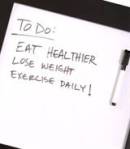







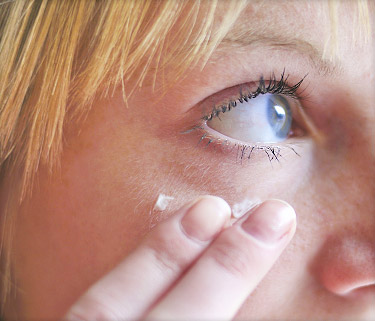



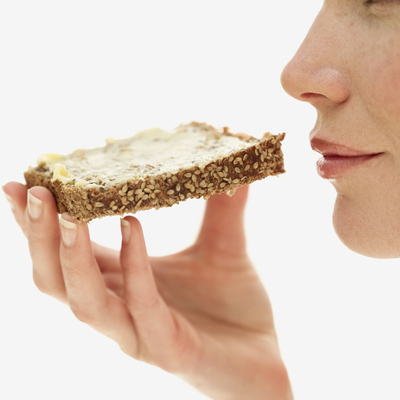



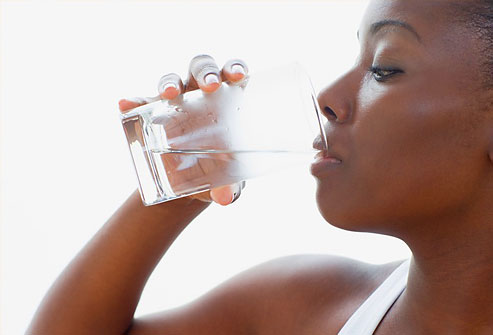
 Waist size can predict your diabetes risk, even if you are not obese – according to a new study.
Waist size can predict your diabetes risk, even if you are not obese – according to a new study.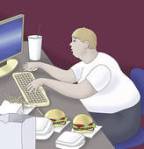



 With summer nearly upon us – our sunglass habits could use improvement – according to a new report issued today by The Vision Council – an industry group.
With summer nearly upon us – our sunglass habits could use improvement – according to a new report issued today by The Vision Council – an industry group.



